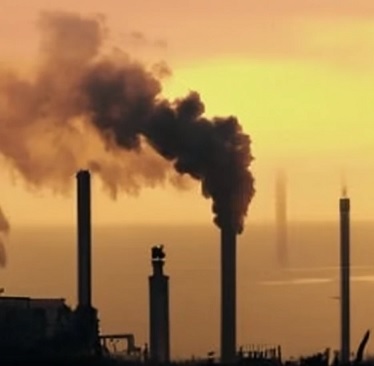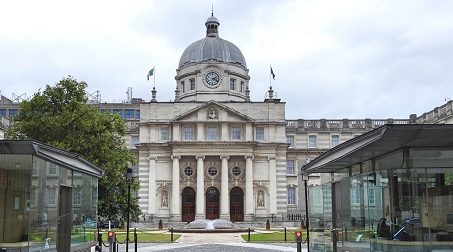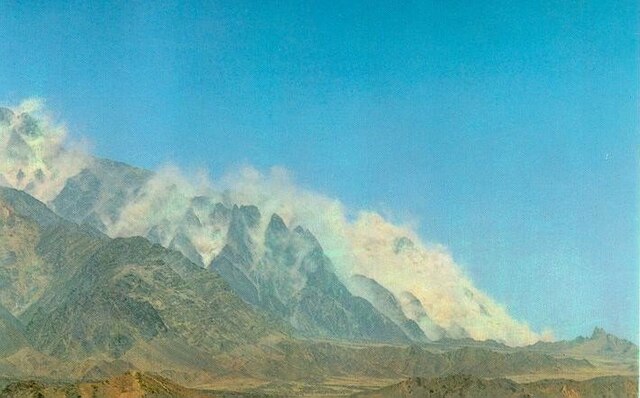Latest
Silent Menace: Industrial Pollution in Asia
Asia, a continent of unparalleled diversity and dynamism, is also grappling with a silent menace – industrial pollution. As economies surge and industries thrive, the environmental toll of rapid industrialization becomes increasingly evident. From soaring air pollution levels to contaminated waterways, the consequences of unchecked industrial activities cast a shadow over the region's natural landscapes and the health of its inhabitants. Airborne Agony: The sky, once a canvas of endless blue, is increasingly marred by the gray pallor of industrial emissions. Urban areas across Asia bear witness to elevated levels of air pollutants, including particulate matter, sulfur dioxide, and nitrogen oxides. The health repercussions are dire, with respiratory diseases, cardiovascular problems, and even premature deaths becoming alarmingly common. Toxic Waterways: Asia's rivers, once lifelines for communities, are now becoming conduits of contamination. Industrial discharges release a toxic cocktail of heavy metals, chemicals, and untreated wastewater into water bodies, endangering aquatic ecosystems and jeopardizing the safety of drinking water supplies. The impact is felt not only by the environment but also by the countless communities relying on these water sources for survival. Land Under Siege: The unbridled expansion of industries often leads to deforestation, soil degradation, and the conversion of natural habitats into concrete jungles. Land pollution, fueled by industrial waste and improper disposal practices, further exacerbates the environmental crisis. As agricultural lands are tainted with chemicals and waste, the very foundations of food security are undermined. Human Health at Stake: The toll of industrial pollution is not confined to the environment alone; it extends its icy grip to human health. Respiratory ailments, skin disorders, and a myriad of other health issues are on the rise, disproportionately affecting marginalized communities residing in the proximity of industrial zones. The burden of disease amplifies existing social disparities, creating a cycle of environmental injustice. Economic Implications: While industries fuel economic growth, the environmental fallout comes with a hefty price tag. The costs associated with healthcare, environmental remediation, and loss of biodiversity pose economic challenges that, if left unaddressed, may impede the very progress that industrialization seeks to achieve. Regulatory Challenges: The battle against industrial pollution faces formidable challenges, including inadequate regulatory frameworks, lax enforcement, and a complex web of economic interests. As industries become key contributors to national GDPs, balancing economic growth with environmental sustainability becomes a delicate dance. A Call for Sustainable Practices: Addressing industrial pollution in Asia necessitates a paradigm shift towards sustainable and eco-friendly practices. Embracing cleaner technologies, enforcing stringent environmental regulations, and fostering a culture of corporate responsibility are vital steps toward mitigating the impact of industrial activities on the environment and public health. Regional Cooperation: Given the transboundary nature of environmental challenges, effective solutions require regional collaboration. Asian nations must unite in their efforts to combat industrial pollution, sharing best practices, technological innovations, and collectively working towards a cleaner, greener future. Community Engagement: The fight against industrial pollution is not solely the responsibility of governments and industries; it requires the active involvement of communities. Raising awareness, advocating for environmental safeguards, and holding polluters accountable are crucial steps in fostering a collective consciousness that prioritizes the well-being of both people and the planet. In the face of mounting environmental challenges, Asia stands at a crossroads. The path forward must be one of sustainable development, where industries thrive without compromising the health of the environment and its inhabitants. The time to act is now, for the sake of the continent's natural beauty, the well-being of its people, and the legacy we leave for future generations.


























Facebook Comments